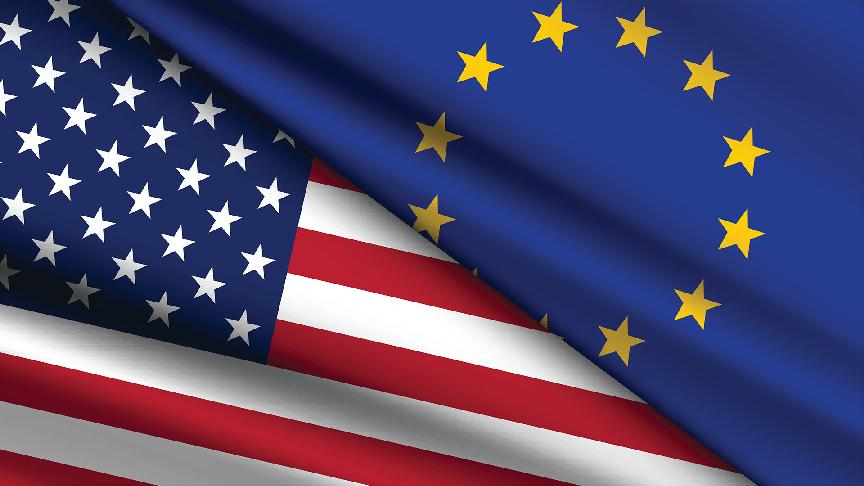21 July 2025 (Lloyd's List) - WHAT will the EU do with its regional greenhouse gas rules now that the International Maritime Organization has a more ambitious global regime in the works?
Unfortunately, the answer is complicated.
Europe is still ushering in its Emissions Trading System to cover shipping, with the first EU allowances (carbon credits) due for surrender in September. The FuelEU Maritime regulation, which imposes fines unless ships use more green fuels over time, is still in its early stages.
A consultation on revising the ETS prompted several submissions from the industry in recent weeks. They differ on the specifics, but all basically want Europe to ensure shipping companies don’t pay twice for the same emissions, and for the funds raised to be used to help clean up shipping.
They have a strong case. The ETS is unlikely to cut shipping emissions, since the price is too low to incentivise a move to far pricier green fuels. Most of the funds — and there will be billions of euros raised — go to member state budgets. Shipowners in Asia and Africa will wonder why their trade should be taxed for the benefit of, say, fixing potholes in Poland.
Shipping groups have spent years campaigning the need for one global regulation to cover the global industry and avoid a patchwork of incoherent national tax grabs.
The commission’s position is that it must wait until the IMO regime is fully cooked before it can decide if the new rules are environmentally ambitious enough to replace the EU rules.
There are, to be sure, important details yet to be decided on what counts as green fuel, and how much that green fuel should be rewarded. But sources don’t expect the final package to differ much from what countries provisionally approved at MEPC83 in April.
So how do they compare? On stringency, FuelEU set a target for ships to reduce their carbon intensity (GFI) by 31% by 2040. The IMO target is 65% by the same year.
Estimates vary about the amount of funds the two systems will raise. Greens reckon they will both bring in about $10bn a year, but early estimates from the shipowners’ corner have the IMO raising 10 times that much.
Doubts about whether the European regulations are for the chopping block are already being talked about in the market.
Last week, shipping barrister James Turner KC said: “There is uncertainty even as to whether FuelEU will still be a thing in 10 years’ time.”
Turner said the risk this created was that shipowners buy the wrong ship type, which could end up a stranded asset in 15 years’ time.
If the commission does want to do away with the regulations, it has no interest in showing its hand.
“They would be giving up that leverage way too soon, so it’s not in their interest to do that,” a source said.
European member states are cash-strapped and unlikely to want to give up the revenue coming in.
But that money may not be worth the hassle of collecting, another source suggested. The EU is having plenty of trouble implementing the ETS, and those funds, while significant, are split between member states.
He thought the threat to extend the ETS to shipping worked better for Europe when it was just that — a way to pressure the IMO to work harder on decarbonisation. Falling into line with the IMO could, the source suggested, be easier than policing all the complex tricks companies will use to evade the ETS in future.
The EU framework may live on as Europe’s vehicle for implementing the NZF legislation, though there are differences in areas such as data collection that would need to be fixed.
Whatever the commission decides, it will come down to politics in the EU Parliament and Council. Such a process normally takes 18 months to two years, but can happen faster.
The parliament today is also more right-wing than the green-heavy assembly that first came up with the rules.
Diplomatic pressure from China, Japan and elsewhere for the EU to lay off their ships could grow once the IMO NZF is adopted in October. They have kept mostly quiet so far, a source said, but once the IMO measure becomes reality, “they’ve got something to get their teeth into”.
Expect more detailed arguments from both sides to come out after October. Nearly everyone wants the IMO framework adopted then, and there will be plenty of work to ready the industry for its entry into force in 2028.
And if the end of the EU rules doesn’t line up with the start of the IMO’s, then things will get really interesting.







